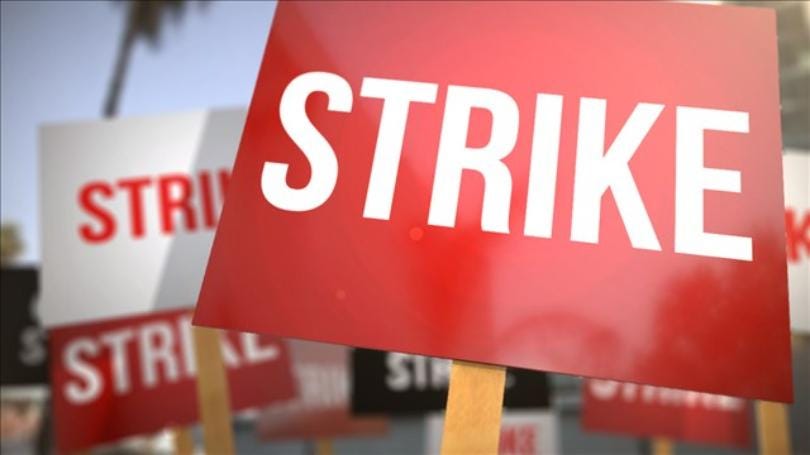With more than 150 large labor contracts set to expire this year—affecting more than 1.6 million workers—along with hundreds of newly-unionized employers heading to the bargaining table amidst a labor shortage—it is likely that the nation will see more strikes in 2023 than it has in years.
“A union’s bargaining power depends upon three main elements: the right to strike, the ability to strike effectively, and the company’s ability to withstand a strike. A strike should not be under-taken lightly, for the strike is the ultimate economic weapon—and it can backfire.” —Teamsters Strike Manual, page 1
In this episode of Labor Relations Radio, Michele Vincent, Senior Director of Marketing & Sales, for MADI Corp. discusses the strike contingency planning that companies that choose to operate their businesses during labor disputes need to look at.
As host of the popular podcast the U.S. Manufacturing Workforce Podcast, Michele recently did an episode on Gearing up for Potential Strikes.
Although MADI Corp. no longer provides strike contingency staffing services, the company has 30 years of expertise in doing so, and Michele shares some of that expertise in this episode.
You can find prior episodes of Labor Relations Radio here.














Share this post